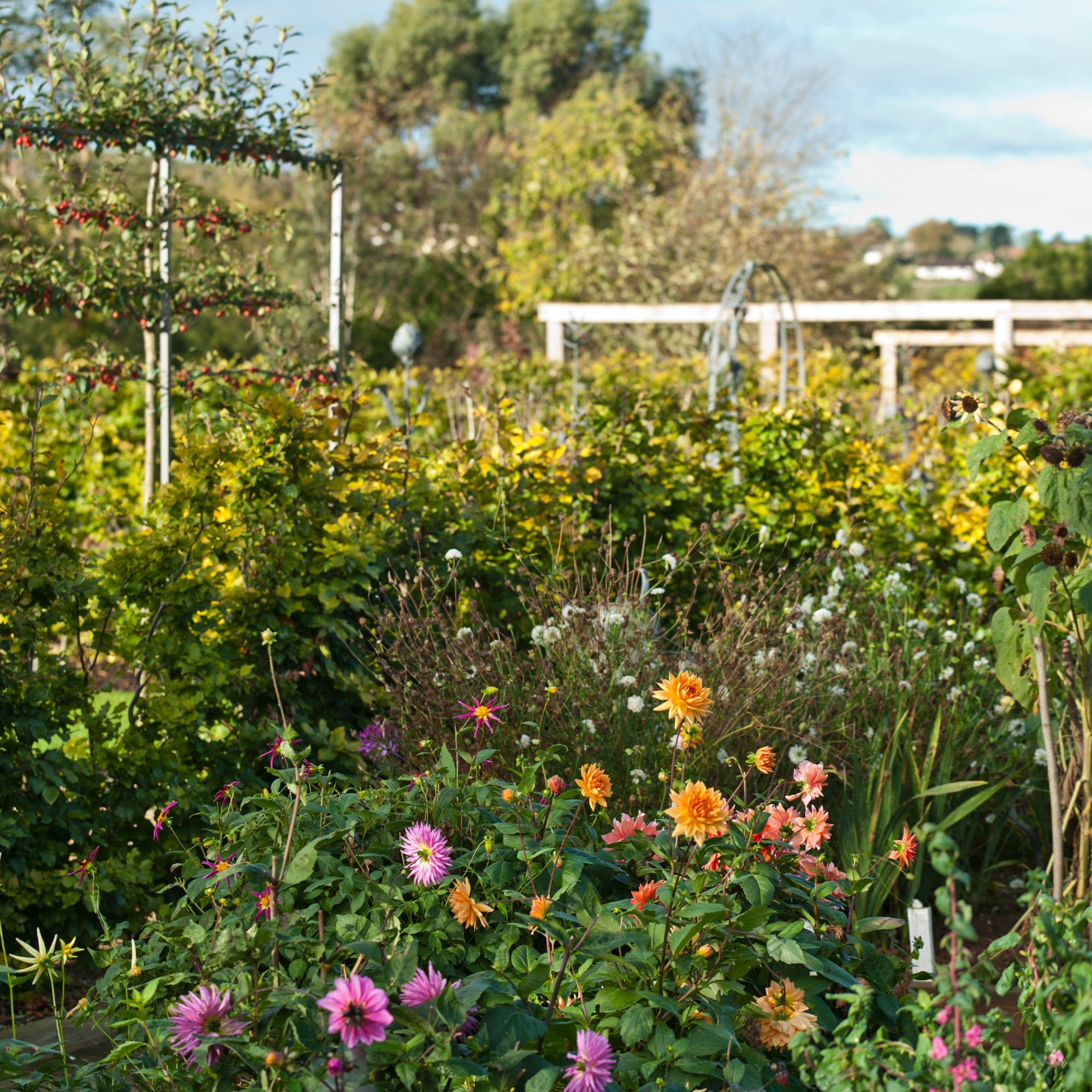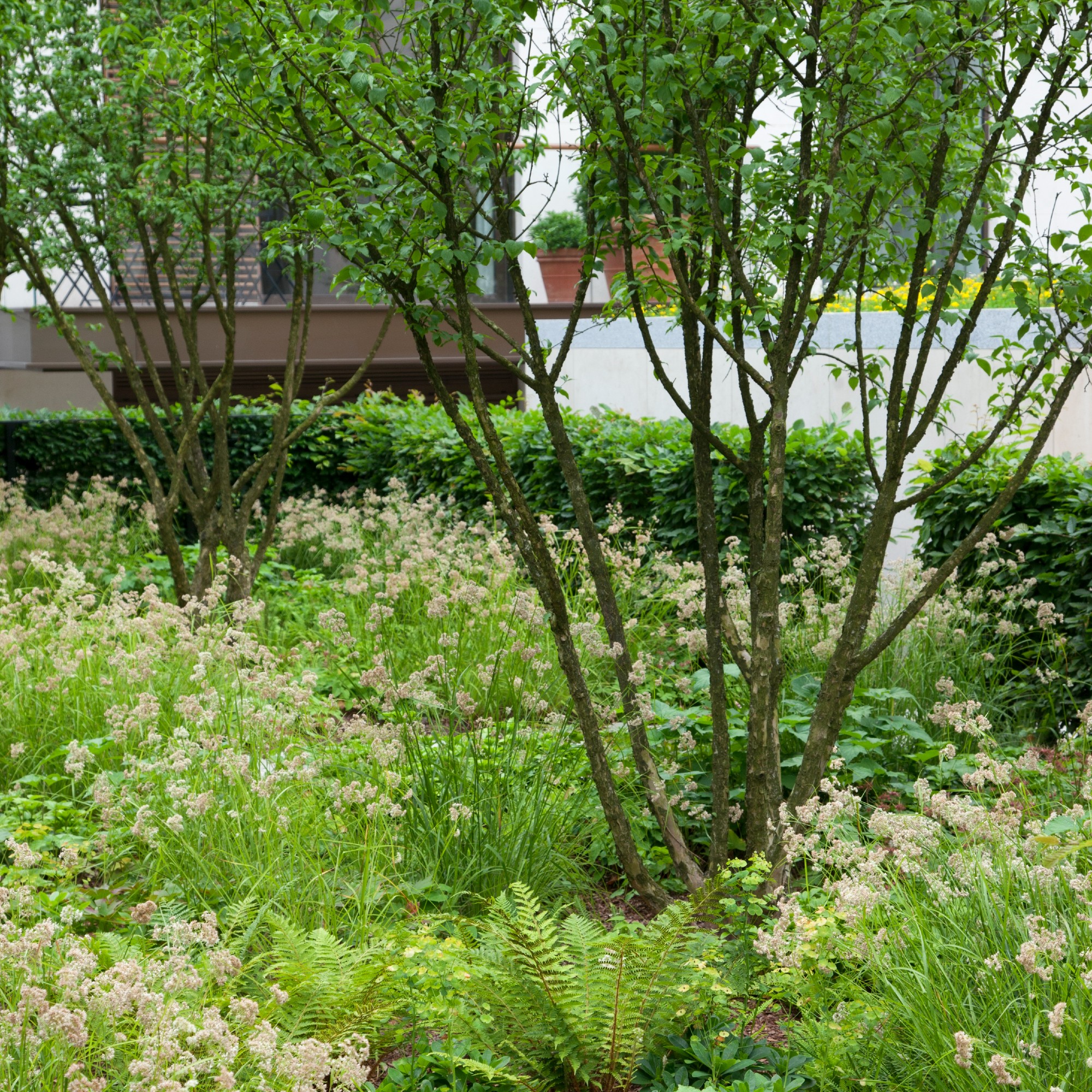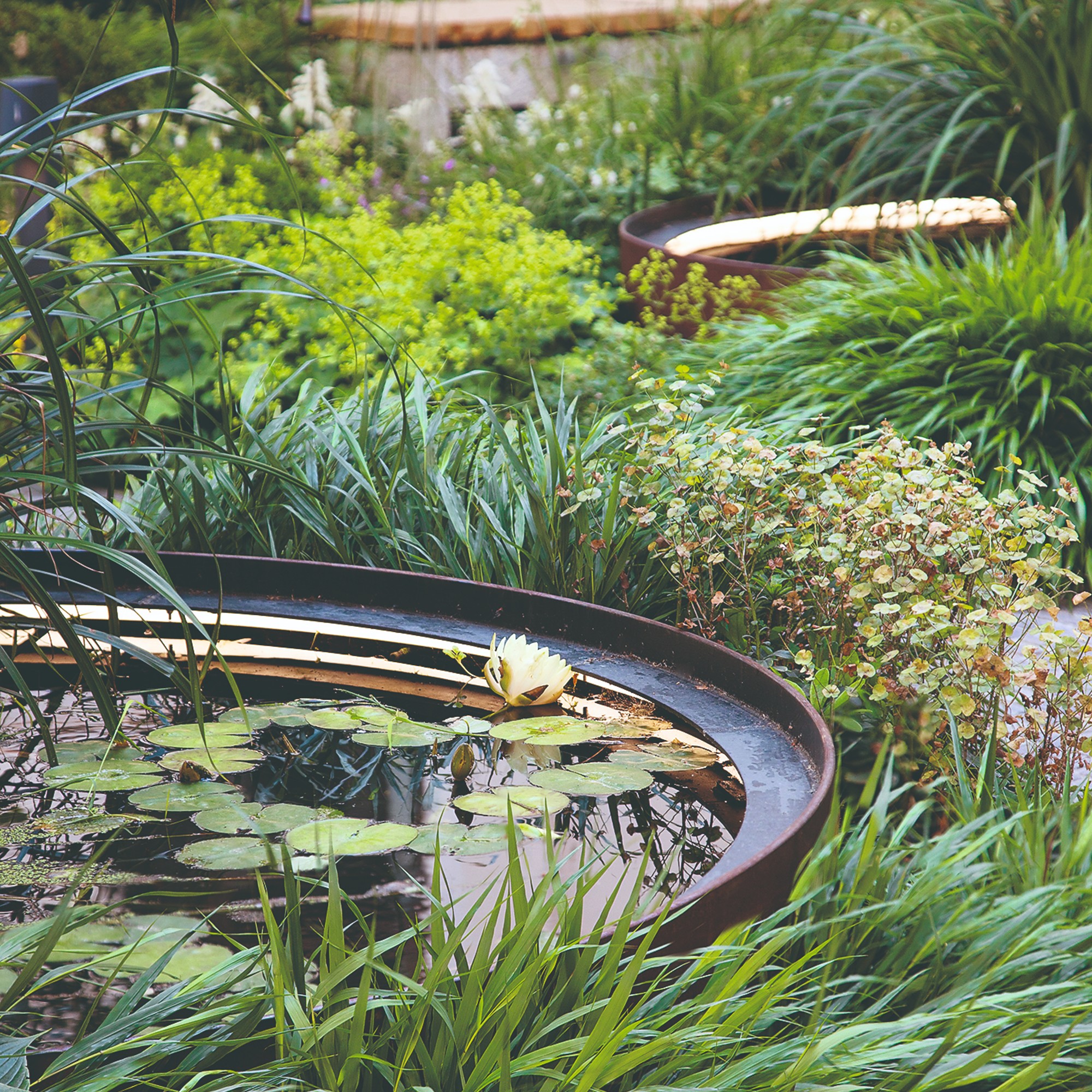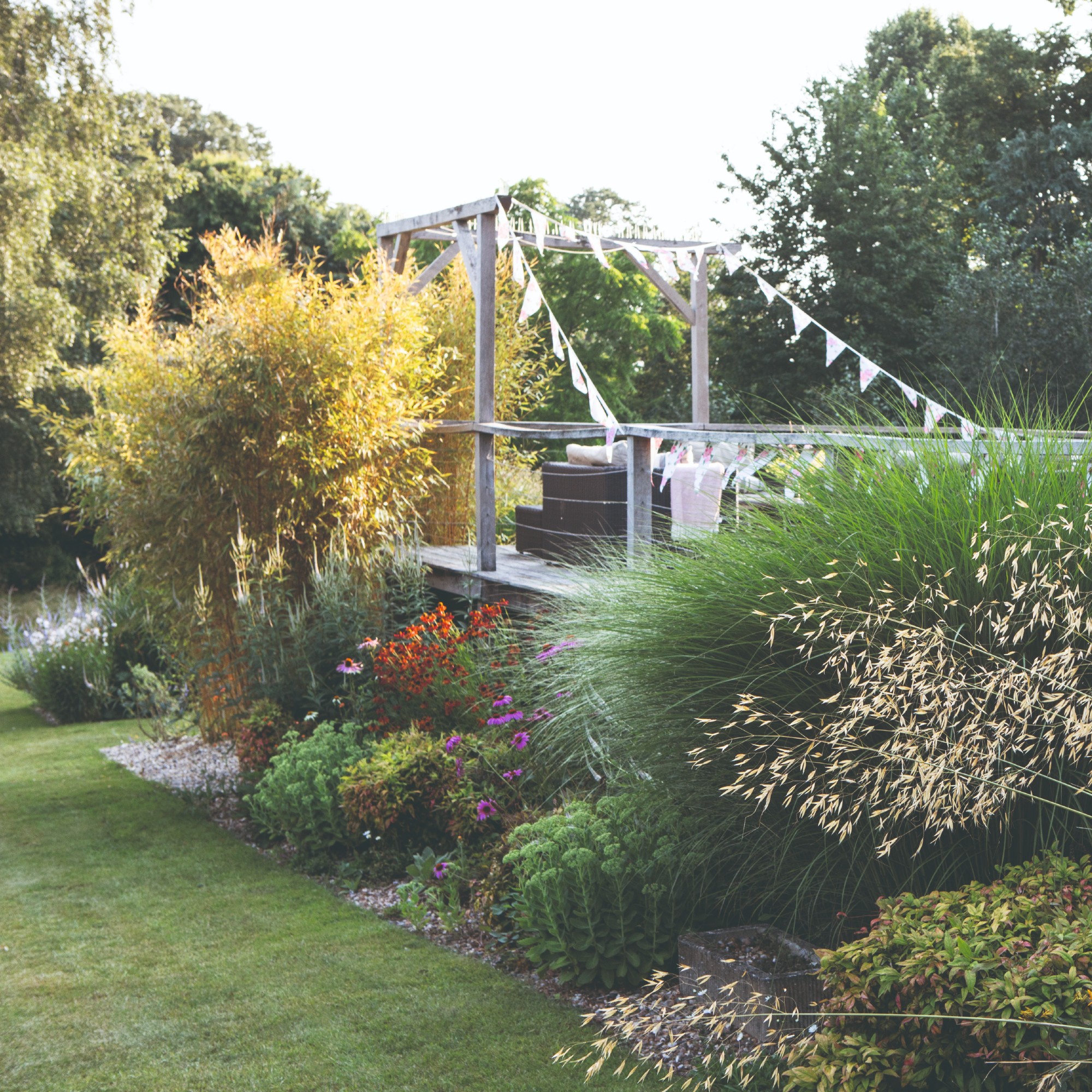
The world of gardening is constantly evolving and coming up with new techniques and methods of how to grow your crop and plants. One of the latest buzzwords in the space is permaculture. And if you’re a gardening novice like myself you might wonder – what is permaculture?
This rather fancy-sounding term does in fact cover quite a complex philosophy and approach to growing and garden landscaping ideas. But it all boils down to creating the most natural environment for your plants and ecosystems aiming for sustainability and self-sufficiency.
But to dive a little deeper in and explain how you go about doing that, we asked our garden pros to give us some expert insight into the ways and methods of permaculture.

What is permaculture?
With the likes of the German gardening technique called hugelkultur under its wide-spanning umbrella, permaculture is a system operating by blending ‘renewable resources, minimising waste, and fostering beneficial relationships between different elements within the system, which can lead to more efficient and sustainable food production, landscaping, and overall environmental management,’ says Petar Ivanov, garden expert at Fantastic Gardeners.
Steve Chilton, garden expert at LeisureBench, explains the principles further.‘Permaculture is a method that strives to establish sustainable and self-sufficient ecosystems through the design and management of gardens and landscapes using natural principles. It aims to create a natural environment for plants and ecosystems to grow, as naturally and as normally as they can. It uses various elements to mimic natural ecosystems and allows us to observe and learn from nature to develop different and more sustainable ways of growing food and plants.’
‘It's based on the idea that nature itself simply operates in patterns and cycles, and the idea is that humans can recreate this in human designed environments as well.’

How to utilise permaculture in your garden
But don’t think that this system can be applied only to large-scale landscapes. On the contrary, you can use the principles of permaculture in your own little garden.
‘Permaculture is versatile and can be applied at various scales, including individual gardening. Actually, many of its principles are suitable for small-scale applications. Individuals can use it in their own gardens by implementing observation, design, diversity, water management, composting, energy efficiency, and consideration of wildlife habitats which can create productive, sustainable, and aesthetically pleasing gardens,’ Petar says.
Make compost and harvest rainwater
You can (and in fact should) start slow by learning how to make compost from your food waste and use it in the garden and collect water. ‘An important element of permaculture is implementing water-harvesting techniques, such as rainwater collection and efficient irrigation methods, to reduce dependence on external water sources,’ Petar advises.
‘Gardeners can benefit a lot by utilising kitchen scraps and yard waste for composting to create nutrient-rich soil amendments. They should also consider energy-efficient practices, such as using natural materials for structures and designing elements that attract and support local wildlife, contributing to a balanced ecosystem.’
Plan the layout
You can even design the layout of your garden in line with the permaculture method. ‘You should start by carefully observing and analysing the unique conditions and patterns of your garden. You should then create a design, which takes into account the different factors of your garden such as its energy flow, the diversity of it, and how different resources are used such as the rain, sun etc,’ Steve recommends.

FAQs
How is permaculture different from organic growing?
Permaculture and organic growing have a similar goal of sustainable growing but each have a slightly different set of priorities and ways of how to achieve the objective.
‘Permaculture and organic growing have some similarities. They both aim to practise sustainable and environmentally-friendly methods. Permaculture is a design philosophy and approach that aims to create ecosystems that are regenerative and self-sustaining. It involves observing and imitating natural patterns. Organic growing means using organic materials and methods, and focuses mainly on soil health and biodiversity,’ Petar explains.
What are the three principles of permaculture?
‘It really works by using principles and practices from ecology, agriculture, and design methods to help create a self-sustaining and regenerative system that mimics a natural one,’ Steve explains.

What is an example of permaculture?
‘For example, good soil health is held as being important through methods like composting and mulching, which should be prioritised in a garden with good soil. As well as this, water harvesting such as collection in water butts are encouraged to optimise water usage,’ Steve says.
Just like anything else in nature (including ourselves), the environment and conditions in your garden are likely to change and evolve and it’s important to pay attention to this, keep learning and adapting.
‘Permaculture principles can be adjusted to fit individual garden spaces and applied gradually over time. Just make sure to begin with small steps,’ Steve concludes.





!["[T]he First and Fifth Amendments Require ICE to Provide Information About the Whereabouts of a Detained Person"](https://images.inkl.com/s3/publisher/cover/212/reason-cover.png?w=600)

